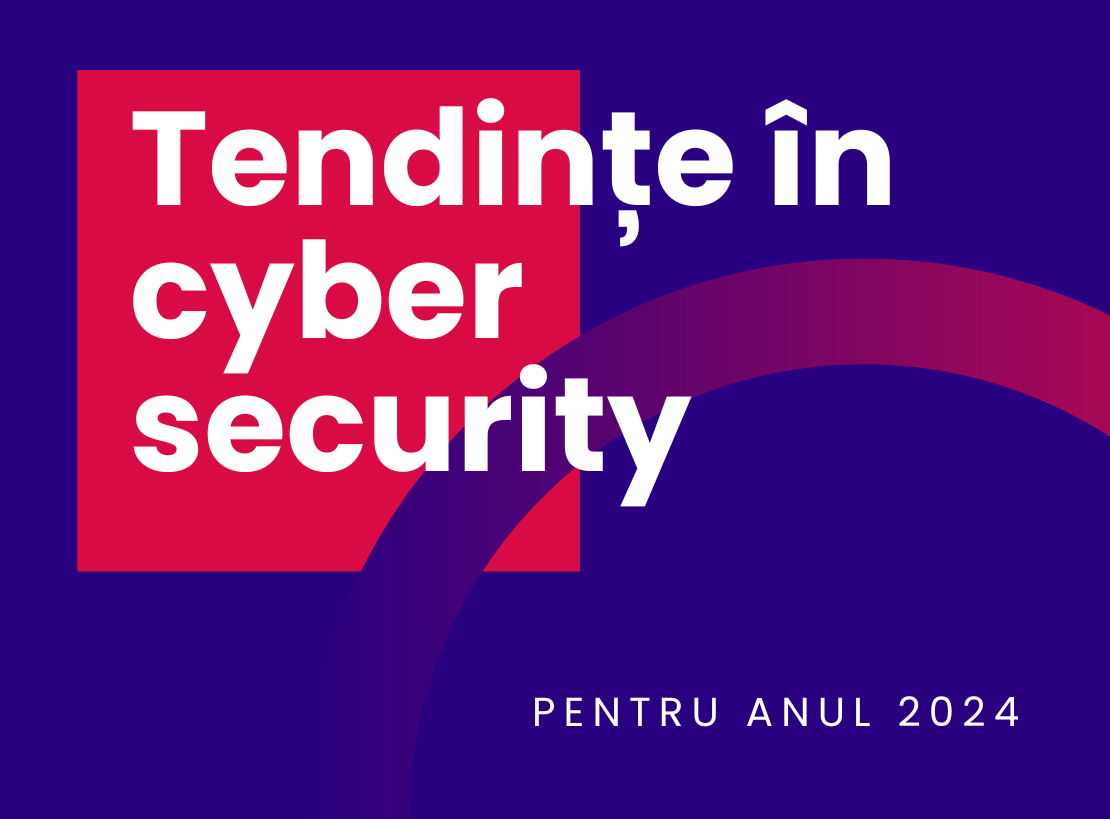At the beginning of each year we think about the opportunities or challenges that the new year will bring. And because uncertainty is a destructive state whether it’s the expectation of something positive or negative, it is advisable to create strategies and plans on all business directions. In order for a business to thrive and maximize its opportunities, it must be compliant in information security.
Here are some general directions that are significant in cybersecurity (cybersecurity) that will continue to influence the business environment in 2024.
- Integration of emerging technologies:
- Increasing use of emerging technologies such as artificial intelligence and machine learning to detect and prevent cyberattacks.
- Application of blockchain technologies to improve data security and integrity.
- Automation of security processes:
- Increased use of automation solutions for security incident management.
- Deployment of security incident response automation (SOAR) technologies for increased efficiency.
- Focus on cybersecurity education:
- Focus on continuing education within organizations to increase awareness of cyber risks.
- Increased investment in cybersecurity training programs and certifications.
- Improved multi-factor authentication (MFA) to strengthen the security of systems and data by:
- Biometric authentication.
- Authentication based on user behavior.
- Passwordless authentication techniques.
- Cybersecurity with respect to the Cloud:
- Increasing security and control options in cloud services.
- Developing tailored security solutions for the cloud environment.
- Zero Trust Security model:
- Adoption and implementation of zero trust security models that require continuous verification of authenticity and authorization of any device or user.
- IoT (Internet of Things) device security:
- Growing concerns and efforts to secure IoT devices, which are becoming increasingly ubiquitous in the business environment.
- Implementation of security standards for IoT devices.
- Protect sensitive data:
- Particular attention paid to the protection of sensitive data, especially in the context of regulations such as GDPR.
- Use of advanced encryption solutions and data loss prevention technologies.
- Supply Chain Security:
- Growing concerns about security in the supply chain, an area that is becoming increasingly exposed to cyber attacks.
- Implement robust security practices in partnerships and business relationships.
- Application cybersecurity:
- Focus on application security in the business environment, with a focus on security testing in the software development lifecycle (DevSecOps).
- Deployment of application protection solutions such as web application firewalls (WAF).
- Public-private collaboration:
- Increase collaboration between the public and private sectors to share threat intelligence and develop joint solutions.
- Involve governments in setting and promoting security standards.
It is important to note that developments in cybersecurity can vary and depend on changes in technology, government regulations, and developments in the cyber threat world. It is advisable to stay abreast of industry intelligence and adjust your security strategies accordingly.

